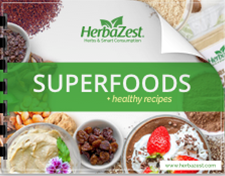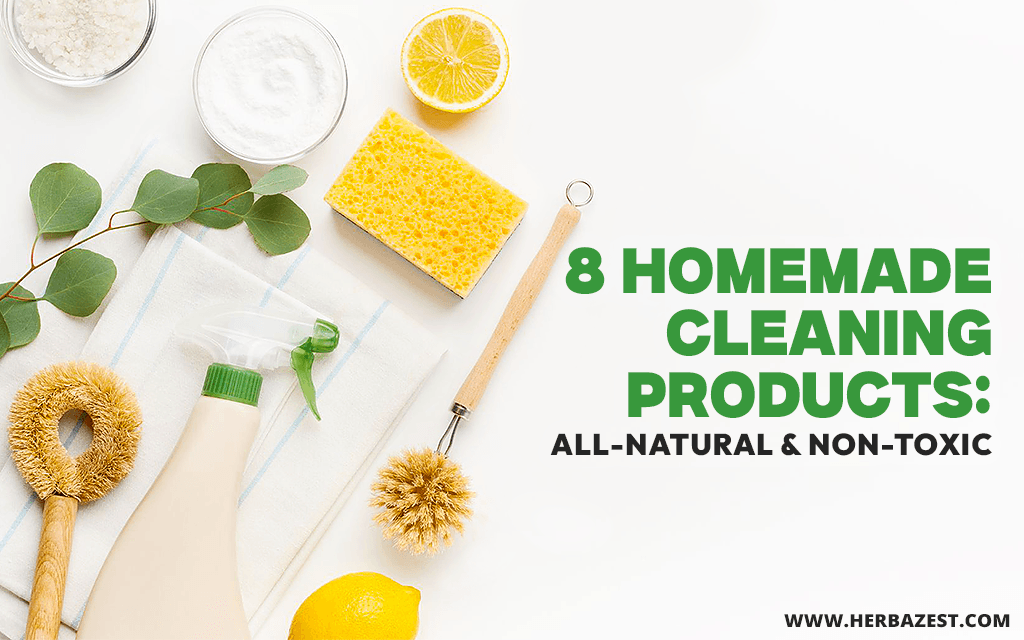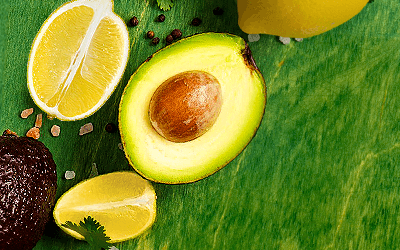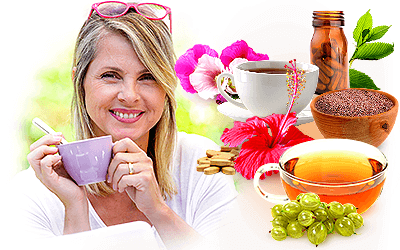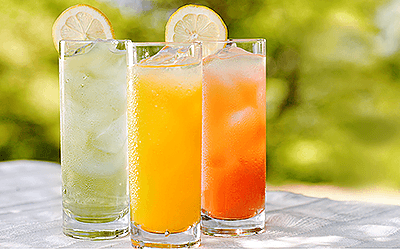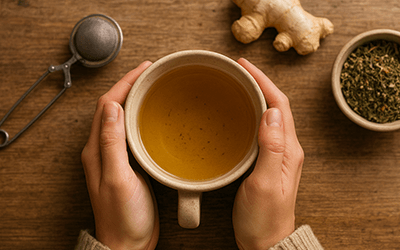In every household, proper cleaning and sanitation practices play a pivotal role in disease prevention. But what can be done when store-bought cleaning products are made with ingredients that are bad for your health? Reading the labels with high scrutiny is one way to make sure your cleaners don't make you sick. But an even better option is going natural and making your own non-toxic cleaners from scratch!
What's Used in Commercial Cleaning Products
Many commercially available cleaning products contain chemicals that may have adverse effects on human health.1 They include ammonia, chlorine, hydrochloric acid, formaldehyde, sodium hydroxide, glycol ethers, ethanolamines, and triclosan, among others.
Many of these chemicals are well-known skin irritants, causing itchiness, redness, rashes, and burns. They can also trigger eczema, psoriasis, and rosacea flare-ups as well as irritate the eyes and throat.
Some household cleaners and air fresheners also release volatile organic compounds (VOCs), which are harmful pollutants that have been linked to a higher risk of asthma and other respiratory problems.2
The ingredients added to cleaning and sanitizing products may also belong to a group of chemicals called xenoestrogens, which are considered endocrine disrupting chemicals (EDCs). By mimicking the body's natural hormones, EDCs can affect the levels and production of natural hormones, leading to infertility and other issues.3
Common Ingredients in Natural Cleaning Products
There are numerous effective and non-toxic ingredients that can be added to natural cleaning products. The good news is that they are widely available, and many of them are staples in most kitchens. They include the following:
Baking soda is a natural deodorizer and a mild abrasive that has the power to dissolve grease, dirt, and more. It also eliminates odors and softens fabrics.
Vinegar is a natural, non-toxic disinfectant that has found multiple uses in many households.
Castile soap is a multi-cleaner that is made from plant oils, such as coconut, sunflower seed, olive, hemp, and jojoba.
Rubbing alcohol (or vodka) is a powerful disinfectant that eliminates many microorganisms from surfaces. It can also help remove stains and dissolve grease.
Essential oils, such as those extracted from lemons, oranges, and tea tree, are mainly added for their scent.
Salt is naturally antibacterial and can be used to eliminate bad odors, dissolve grease, and more.
Olive oil can effectively remove grease, grime, stains, and dust. It can also restore the shine of wooden surfaces.
Hydrogen peroxide is a powerful antiseptic that can be added to homemade cleaners and disinfectants to remove bacteria, viruses, and fungi.
Cornstarch is - as the name suggests - the starch extracted from corn kernels. It has several household applications, including being used as to eliminate odors or as a non-abrasive scrubbing cleaner.
Soap nuts are the dried fruits of soapberries which contains saponins that have potent cleaning power. They are commonly used in natural laundry detergents, bathroom cleaners, dish soaps and more.
Epsom salt is an abrasive that has the potential to soften fabrics, scrub surfaces, and clean tiles and grout.
Washing soda, also known as soda crystals, is a stronger, more alkaline version of baking soda with potent cleaning abilities.
Other accessories that might come in handy when making your own eco-friendly cleaning products include glass spray bottles, old cotton T-shirts, and old newspapers.
Natural Cleaning Product Recipes
Many do-it-yourself recipes for non-toxic cleaners use varying proportions of the same ingredients, particularly vinegar, baking soda, and essential oils. This makes getting started with making natural cleaning products from scratch even easier.
Here are 8 all-natural cleaning products that will come in handy in most households:
1. Wood Floor Cleaner
- 1/2 cup of white vinegar
- 1 gallon of warm water
- 2-3 drops of lemon essential oil
2. Window/Mirror Cleaner
- 1/2 cup of white vinegar
- 1/2 cup of filtered water
- 1 TBS of rubbing alcohol
- 1 pinch of cornstarch
*Don't clean on hot, sunny days. To prevent streaks, use newspapers.
3. Laundry Detergent
- 1/2 cup of Epsom Salt
- 1 ½ cup of baking soda
- 1 ½ cup of washing soda
- 1/4 cup of sea salt
- 20-25 drop of essential oils
*Use 1 heaping TBS per load.
4. Dish Soap
- 1/4 cup of castile soap
- 3/4 cup of filtered water
- 10 drops of lemon essential oil
- 10 drops of lime essential oil
- 10 drops of grapefruit essential oil
5. All-Purpose Cleaner
- 1 cup of white vinegar
- 1 cup of filtered water
- 10-20 drops of lemon or orange essential oil
6. Wood Furniture Polish
- 1 TBS of olive oil
- 1 TSP of filtered water
- Juice from fresh lemon*
*Make fresh solution right before each use.
7. Toilet Bowl Cleaner
- 2 cups of baking soda
- 1 teaspoon of orange essential oil
- Vinegar*
*Mix baking soda with orange essential oil, and store it in a glass jar. For reach cleaning, sprinkle about 1 TBS of the mixture into the bowl, and add 2 cups of vinegar into the bowl.
8. Stain Remover
- 1/4 cup white vinegar
- 1/4 cup baking soda
- Squeeze castile soap
- 2 cups of filtered water
Non-toxic cleaning products are easy to make at home, fully customizable, and safe to human health. They are also a great way to save money, especially if you buy natural ingredients in bulk. All-natural cleaners can also help reduce environmental impact by cutting down on packaging waste and preventing the release of household chemicals that can pollute the air and water.
Sources
- Chemosphere, Volatile organic compounds emitted by conventional and “green” cleaning products in the U.S. market, 2023
- ChemTrust, Cleaning products: How to avoid endocrine disruptors
- Encyclopedia of Food Safety, Clean and Green Homemade Cleaners
- International Journal of Occupational and Environmental Health, Hazardous substances in frequently used professional cleaning products, 2014
- The Environmental Working Group, Cleaning products emit hundreds of hazardous chemicals, new study finds, 2023
- University of Arkansas, Clean and Green Homemade Cleaners
Footnotes:
- Indoor Air Quality Scientific Findings Resource Bank. (n.d.). Volatile Organic Compounds. Retrieved January 24, 2024, from https://iaqscience.lbl.gov/vocs-cleaning-products
- American Lung Association. (2023). Cleaning Supplies and Household Chemicals. Retrieved January 24, 2024, from https://www.lung.org/clean-air/indoor-air/indoor-air-pollutants/cleaning-supplies-household-chem
- Women in Balance Institute. (2012). Xenoestrogens – What are they? How to avoid them. Retrieved January 24, 2024, from https://womeninbalance.org/2012/10/26/xenoestrogens-what-are-they-how-to-avoid-them/
